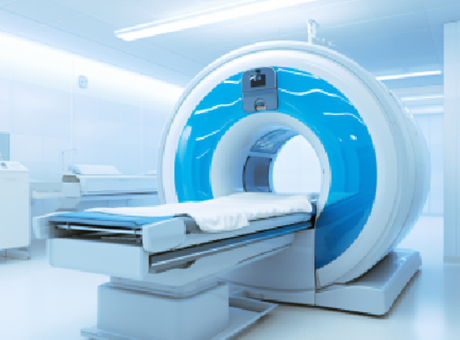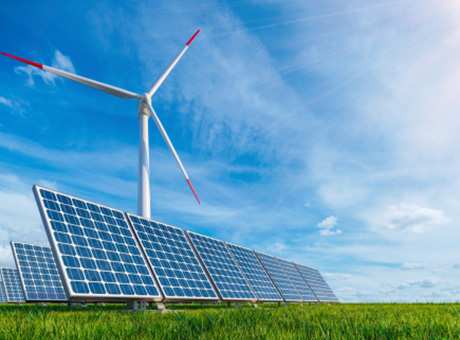-
Medical
In the medical field, optoelectronic chips offer new opportunities for diagnosis and treatment. For instance, high-sensitivity optoelectronic sensors enable non-invasive blood glucose monitoring and early cancer detection. Additionally, optical biochips support rapid gene sequencing and analysis, promoting the development of personalized medicine. Meanwhile, minimally invasive surgical tools based on spectroscopic technology enhance surgical precision and safety. These applications not only improve patient experience but also drive advancements in medical technology.


-
Nuclear Energy
The application of optoelectronic chips in the nuclear industry is primarily focused on safety monitoring and radiation detection. By using optoelectronic detectors sensitive to specific wavelengths, it is possible to accurately measure the distribution of radioactive substances and promptly identify potential risk points. Moreover, special optoelectronic materials that operate in extreme environments enable long-term stable monitoring of the internal conditions of reactors, thereby enhancing the safety and reliability of nuclear power plant operations. Such technologies help improve the overall management of nuclear facilities.


-
Large Aircraft
Large aircraft serve as the backbone of modern air transportation, equipped with advanced technologies to ensure flight safety and efficiency. Weather radar systems provide real-time weather information, helping pilots avoid adverse weather conditions and ensuring navigational safety. Specialized encoders, such as inductive encoders, are used in critical motion control systems like slide deployment and landing gear retraction. These encoders employ non-contact electromagnetic induction principles to accurately measure position changes, ensuring the reliable operation of these systems. Additionally, high-precision encoders can provide absolute position feedback, supporting rapid response and high reliability, thereby enhancing overall flight safety and passenger comfort.


-
Renewable Energy
Optoelectronic chips play a central role in renewable energy, particularly in solar power generation. New photovoltaic cell materials, such as perovskite, demonstrate higher photoelectric conversion efficiency, significantly enhancing the energy output of solar panels. Meanwhile, intelligent optoelectronic control systems are used to optimize the performance of solar tracking systems, ensuring that panels are always positioned at the optimal angle to receive sunlight. Additionally, in the field of wind power generation, optical sensing technology enables more precise wind speed prediction and blade condition monitoring, further improving the operational efficiency of the entire wind farm.










